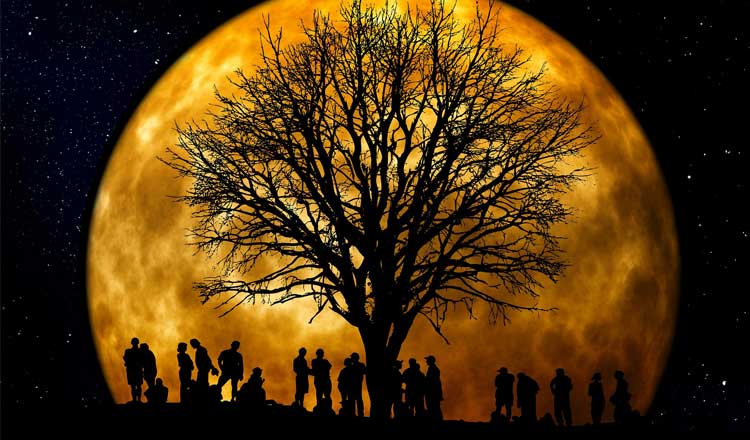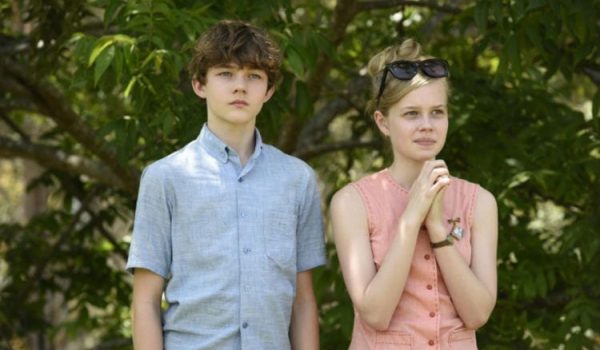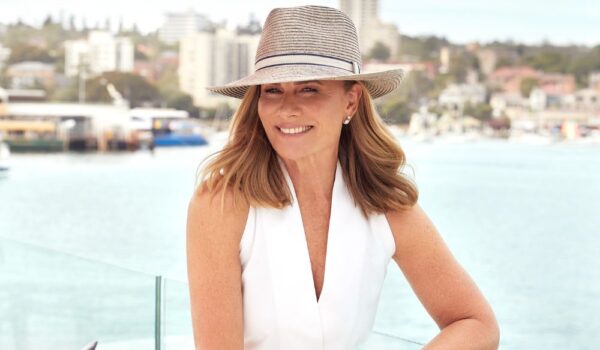Staring at a full moon for too long is supposed to make us crazy, but tonight you’ll be mad if you miss it.
A rare supermoon is set to light up Australian skies – the brightest since January 1948.
Melbourne Planetarium astronomer Tanya Hill says the best viewing window in Melbourne will be in the evening twilight, between moonrise and sunset – 7.40pm and 8.09pm.
For Sydneysiders she says the best times will be have between 7.07pm and 7.36pm, when the sun sets.
Ideally, you also want to try to go somewhere dark, as other lights can diminish the bright appearance of the moon and make it more difficult to see.
If you can, leave the city, and view the rare celestial event from the countryside.
For the best pictures, Australasian Science magazine writer David Reneke says practising with aperture settings on your camera is important.
He recommends using two or three different settings with exposure times of quarter, half and one second.
Obviously the bigger the lens you have the better.
But remember, the longer the lens the more potential you have for blur so that’s where a tripod is pretty vital.
Best camera settings
Aperture: f/8 or wider, like f/5 or f/5.6, depending on the amount of light available (less light).
Shutter speed: between 1/200 and 1/8.
ISO: Start with the camera’s base ISO (typically ISO 100 or 200 depending on the camera) and I push the ISO up depending on the light conditions.
Shooting on a smart phone
If you are shooting the moon on a smart phone, you can adjust your settings in many of the best cameras.
Try to use a car or something as a tripod if you don’t have one.
Make sure you also ‘lock in’ the focus and aperture setting for the moon by holding down on your screen where the moon is for a few seconds.
After you have taken your photo, you can adjust the light settings to increase the contrast.
It’s also worth trying to put a building or local landmark in the shot to give it some context.






